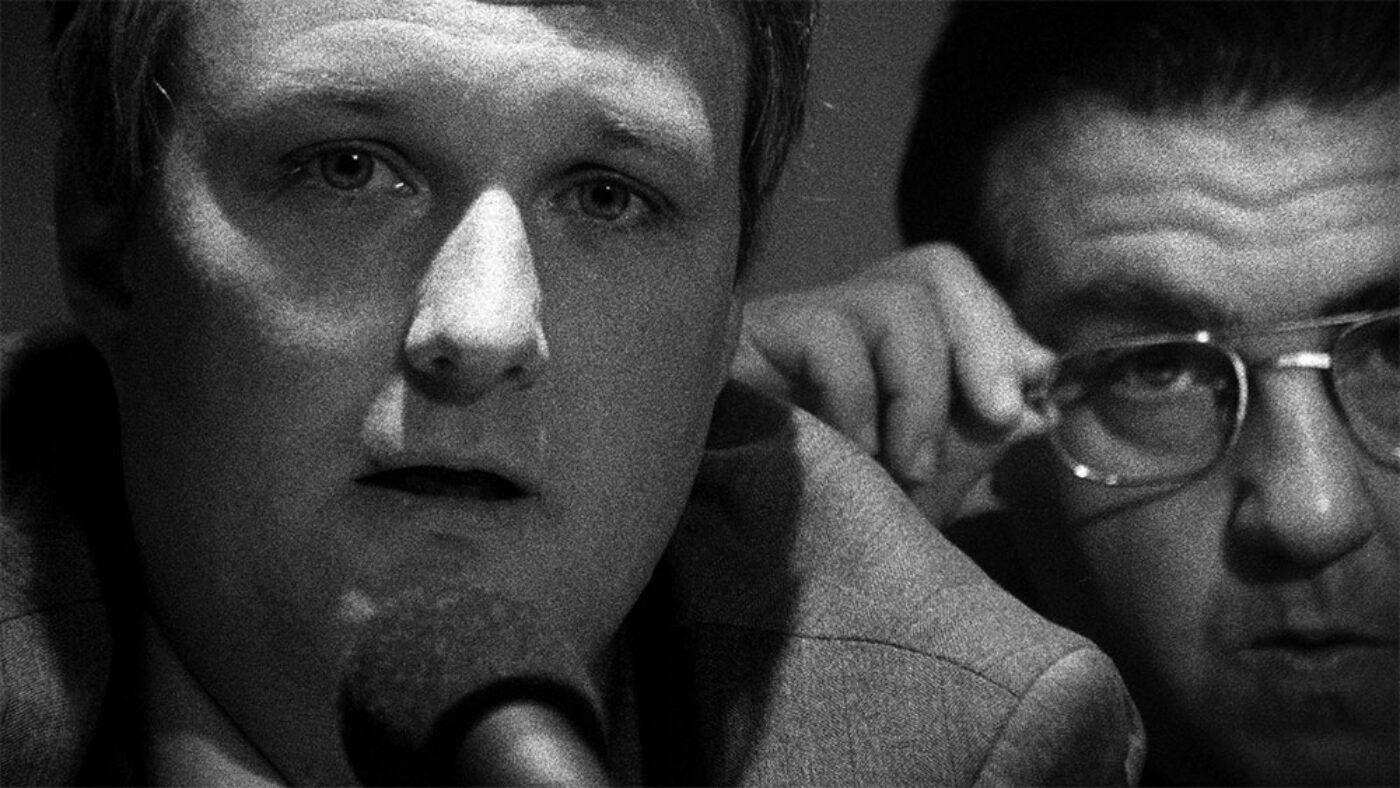Zoning has been a thorn in the side of American developers since the United States’ first modern zoning code was adopted in New York City in 1916. Codes, generally established on the municipality or county level, regulate density, aesthetics, and land use. Because these codes have become so restrictive, developers routinely petition planning commissions for variances—exceptions that will allow them to build bigger, denser, more profitable structures. These variance applications are at the whim of capricious planning boards calibrated to discourage the faint of heart, but if you have enough money to throw at the issue, the sky’s the limit.
James N. Kienitz Wilkins’s Public Hearing (2012) takes this opaque and numbing process and makes it incredibly compelling. Wilkins FOIA’d a transcript of a public hearing on the topic of a local Walmart’s proposed expansion in Allegany, a town of fewer than 10,000 people in Western New York, and used it as a screenplay for a verbatim reenactment of the session. The mostly non-actor actors cast to play local residents, Walmart’s consultants, and administrators of the town’s Planning Board and Zoning Board of Appeals give magnetic performances as they stammer their way through testimony, outline traffic impact studies, and problematize the site plan review process. Several of the performers are filmmakers in their own right: Jacob Burckhardt, director of lived-in New York City time capsules like It Don't Pay To Be an Honest Citizen! (1985) and Landlord Blues (1988), and Prudence Katze, urban planner and director of a 2017 documentary about the Iron Triangle in Willets Point.
Walmart’s consultants, along with seemingly ordinary citizens likely on its payroll, justify the expansion by citing increased employment, augmented tax revenue, and the company’s support for “local charities.” Citizens get up to defend Walmart for its fair wages (averaging $8.23/hr for new hires), denigrate it for its “foreign” influence (it’s headquartered in Arizona), exhort it to make life easier for single mothers (the closest extant Supercenter was in Bradford, PA, 20 miles away), and bitch about preservatives in its meats (there was, at the time, a public to-do around Walmart’s widespread use of sodium lactate and other shelf-life and “eating experience” enhancers).
It’s hardly fortuitous that Public Hearing appears in Anthology Film Archives’ Verbatim series alongside Robert Bresson’s The Trial of Joan of Arc (1962). Both are included because they use transcripts of public proceedings as dramatic material, but there is also a strong aesthetic connection. Wilkins’s cinematographer Dan Fridman uses close-up compositions in stark black-and-white, with long takes of subjects’ faces interspersed with shots of hands—fidgeting with a wedding ring, peeling an orange, pouring a Coke into a glass—in a way that recalls Bresson’s legendary preoccupation with hands. The sustained extreme close-ups on faces and their infinite range of micro-emotions also evokes another Joan-of-Arc chronicler, Carl Theodor Dreyer, whose tight compositions captured an entire psycho-biography in a range of facial expressions—not unlike those of Wilkins’s conflicted town planners martyring themselves to quasi-sovereign corporate power.
Ultimately, despite concerned residents’ valiant efforts to invoke deleterious effects on local businesses and even the endangered Eastern Hellbender, the expansion went through. Walmart did reportedly add about 200 jobs in the new facility, but how many of those have since been negated by the introduction of self-checkouts? Some of the citizen-speakers’ colonial comparisons may have been justified, as Walmart continues to slash and burn its way through the already-bleak American mass-retail landscape.
Public Hearing screens this evening, July 28, and on August 9, at Anthology Film Archives as part of the series “Verbatim.” Director James N. Kienitz Wilkins will be in attendance for a Q&A.



